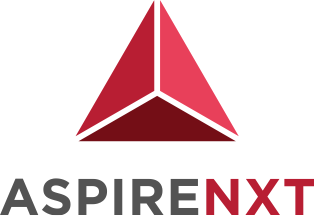Introduction to our client
Our Client provides third-party administrator (TPA) services for health insurance-related claims. Its TPA services include enrolment of insured employees and their families; the issue of health insurance ID cards to the insured employees and families; enabling cashless hospitalization for employees and their families; healthcare claims processing; and analysis of claim data pertaining to the corporate. The Company enables cashless hospitalization services for customers through a network of healthcare service providers. Medi Assist also develops its own application platform, which enables users to discover, access, monitor and utilize health benefits according to their preferences.
Challenge
The new application platform backend database is SQL Server 2016 and is used every day by distribution partners to enable global content management and fulfillment, also global patients and users, access the system any point of time. It is essential that this application is always available since the majority of the company revenue is from this application.
Our client can’t withstand any kind of downtime for this application and database. The company was looking to enhance its disaster recovery capabilities because the application was running on two node Microsoft SQL Server 2016 database. Both nodes were in the same data center, so if the data center was ever impacted, they knew the application would be impacted too.
Our client was also looking to further extend the Web App and SQL cluster to a different location for DR. To avoid buying new hardware and associated dependencies, they thought of adopting Cloud solutions, which has the flexibility of scaling up or scale down as per the demand.
As part of this engagement AspireNXT proposed AWS as a common cloud platform for their Database servers DR.
Choosing Amazon Web Services
Our client evaluated several cloud providers before selecting Amazon Web Services (AWS). “They concluded that Hosting DR to AWS would be the most cost-effective solution, and the agility of the AWS Cloud model fit their SQL Server workloads perfectly,”. The organization had also moved some of its dependent windows workloads like Active Directory, HR application servers to AWS cloud Amazon EC2 instances as part of this engagement.
To facilitate the migration of their SQL Server database environment to AWS, Medi Assist chose to work with AspireNXT, an IT services provider that is part of the AWS Partner Network (APN).
Proposed Solution
After an initial assessment, AspireNXT helped the company to build a DR solution on AWS by extending the SQL 2016 AlwaysOn Availability Group cluster to AWS through Direct connect.
SQL Server database backups are stored in Amazon Simple Storage Service (Amazon S3), and they are used to deploy from Amazon S3 for restoration in stage, dev, and test environments.
A Warm Standby Solution in AWS has been proposed, The term warm standby is used to describe a DR scenario in which a scaled-down version of a fully functional environment is always running in the cloud. It further decreases the recovery time because some services are always running and can be accessed at the time of production site down. These servers will be running on a minimum-sized fleet of Amazon EC2 instances on the smallest sizes possible.
The following figure shows the preparation phase for a warm standby solution, in which an on-site solution and an AWS solution run side-by-side.

Benefits
By running its SQL Server databases on AWS, Medi Assist can ensure high availability for its mission-critical MediBuddy system and their customers / clients can access the system even in the event of a node failure. If a failure did take place, the database would automatically fail over to a secondary synchronous node and business as usual would not be affected.
With its SQL Server–based applications now on the AWS Cloud, Medi Assist can also more easily integrate additional AWS services in the future.




